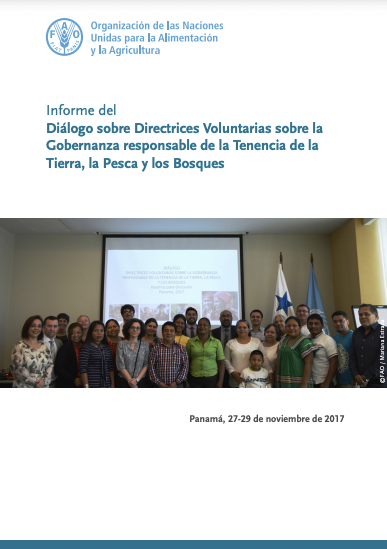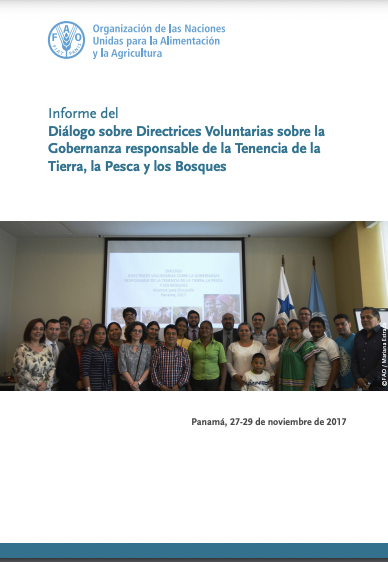Private-sector investor’s intention and motivation to invest in Land Degradation Neutrality
In this study, the authors aimed at explaining private-sector investors’ intention to invest in Land Degradation Neutrality (LDN) and analysing their motives for making investments that promote sustainable development. Regarding the actual intention to invest in LDN, the majority of investors showed rather weak intention to make investments that promote LDN in the near future.






